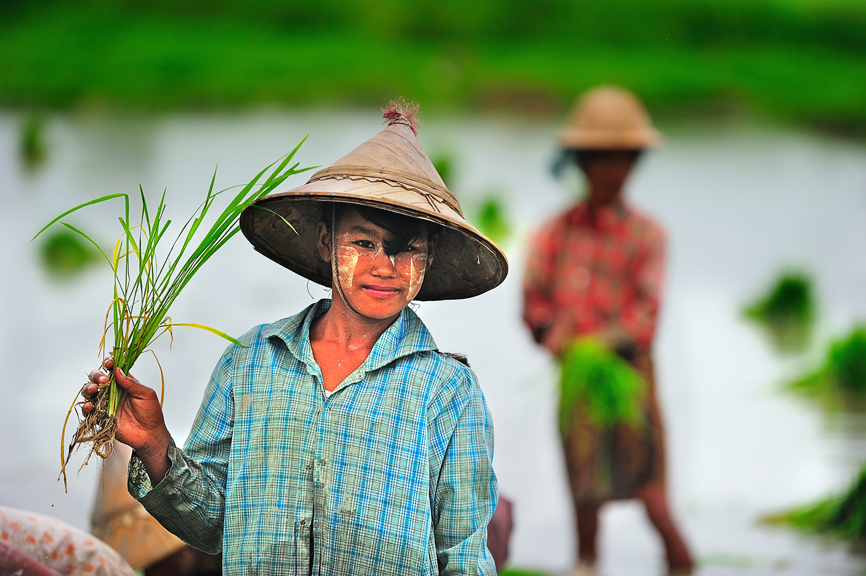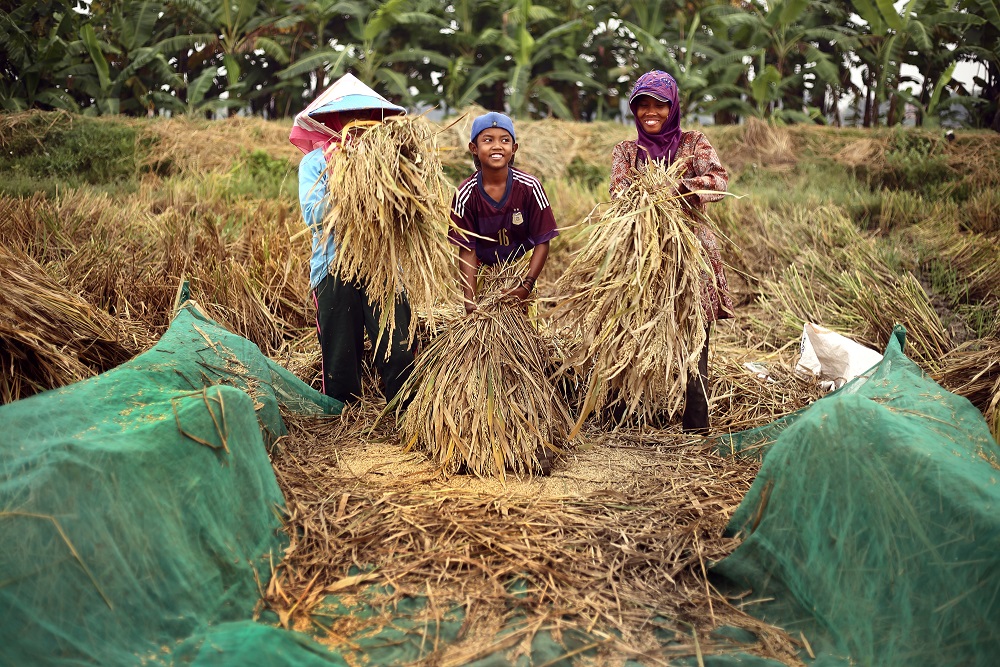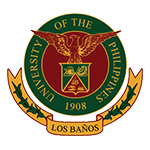The pandemic does not only emphasize the importance of health and safety, but it has also underlined the value of nutrition and accessibility to nutritious and affordable food. In our fight against food insecurity, youths from over the world are gradually taking part in bringing forth ways to promote sustainability and to act upon alleviating worldwide hunger.
On the last day of a two-day webinar of We Feed The Planet Philippines, an initiative organized by Slow Food Youth Network (SFYN) Philippines, the organization highlighted the essential role of biodiversity and the Filipino youth in feeding communities. Slow Food Youth Network is part of Slow Food International, a global organization that works towards changing the food system towards good, clean, and fair food.
“In the end, what we need is a change of mindset; a change of the way we think, we eat, [and] we live. It is important that we buy local, grow our own food, segregate wastes, recycle and compost, use rainwater, recycle water, and make our own composts from food waste. Try to aspire for zero-waste and aspire for zero-hunger by growing our own food,” said Hon. Loren Legarda, Deputy Speaker of the House of Representatives, on intensifying sustainability efforts.
Produce with a historical significance
Ramatshoev took little steps in sharing his knowledge about Slow Food in a mountainous community in Tajikistan called Pamir. He initially introduced it to his family until such time that he was able to join his family in advocating for food preservation, helping him to spread the word throughout Pamir.

One of Slow food International’s projects is the Ark of Taste, a catalog of endangered ingredients, food culture, and heritage from all over the world. One Ark of Taste ingredient that Ramatshoev is focusing on is the Pamir mulberry, which thrives well in areas with high-altitude like Pamir. Pamir mulberry has medicinal and culinary purposes and is used as a replacement for sugar. It is also traditionally used to make bread. As per Ramatshoev, what makes this particular food special is that aside from it being natural and with no additives, it also allows locals to have a livelihood, even to those who are residing in places with no accessible roads. Together with his family, they buy these mulberries or trade with the growers to support them for continuous production.
Since their means of passing the culture and history to the young ones is mostly through oral form, Ramatshoev said that “There’s a greater risk that [there are things that] we [will] miss, many things that we might leave behind because we don’t write it.”
To address this, Ramatshoev and his immediate circle have started writing books involving the participation of different generations to participate through the sharing of their knowledge and experience in terms of recipes, food culture, and traditions that they got from their ancestors. They work hand-in-hand to collate and write all the data in books for the future generations to see and to prevent their culture from disappearing.
“Food is the new internet,” said Cherrie Atilano, founder and CEO of AGREA, an inclusive agribusiness that aims to alleviate poverty and hunger of farming and fishing communities, pertaining to food that not only ties humans together, but also connects us to the environment, animals, and everything around us.
Food insecurity is a threat to social insecurity; she notes that examples for this are the cases of food stealing at the height of the COVID-19 situation that shows how the country is food insecure, making more people starve and resort to food theft.
With the country’s soaring population, particularly in urban and rural poor communities, Atilano added that it is important to focus on food security. However, in contrast to the increasing population, our food producers are also declining, hence, making it more challenging to strengthen our food system. “Our farmers are endangered species. 57 [is their] average age. This is sad, but this is the reality. Filipino farmers are poor, aging, and [have] low educational attainment,” said Atilano.
On a positive note, during this pandemic, only the agriculture sector has managed to contribute to the economy and has grown by about 1.6 percent from the previous -0.5 percent.
 Photo Credit: SEARCA/Agus Purnomo
Photo Credit: SEARCA/Agus Purnomo
Youths’ participation in the sector
One of AGREA’s industry efforts includes the Move Food Initiative where they use ugly produce and convert them into value-added products like pumpkin and broccoli soup for the additional income of over 20,000 farmers.
Atilano shares that many youths have been participating in agriculture during the pandemic, especially that many of the older farmers are not allowed to go out. “We work a lot with youth leaders who are working with smallholder farmers and their communities,” she adds, “For young people, agritech is very important. We communicate to them via Facebook, Viber, Whatsapp.” From social entrepreneurs, individuals in research and farm tourism, farm school attendees, to drivers and helpers, Atilano says that many of the people that they work with in the field are youths. “Young people have a place in agriculture, it may be in production, supply chain, in science, plant breeding technology, and also in consumerism like chefs.”
The situation of indigenous youth and communities
Gabby Alegre, advocacy and communications officer of Non-Timber Forest Products Exchange Programme Philippines (NTFP-EP), tackled the participation and efforts of indigenous youths in the food system by learning sustainable practices and applying them in their respective communities.
With the pressure that these communities face in terms of land ownership, many indigenous youths have also been feeling this pressure, tending for some of them to leave their ancestral lands and find opportunities in urban areas.
Despite this, NTFP-EP continues to support youths through camps where cultural themes like traditional food are also involved. However, since physical activities are restricted at present, they transitioned to online learning sessions and were able to gather about 30 indigenous youths.
This is a challenge for them, especially that some of the youths had to travel to access a strong signal. Alegre shares that despite the struggle for online access, these youths are exerting their efforts to learn traditional food and to connect with other indigenous youth from Palawan, Quezon, Negros Occidental, Bukidnon, and Misamis Oriental.
Higaunons, an indigenous group in Impasug-ong, Bukidnon, have their own means of passing their knowledge to the youth, which they call Panlaoy or forest walk. This annual custom of the Higaunons is where their families go to the forest together and discuss what’s found in the area, how they manage the available resources, and distinguish which areas can and cannot be touched.
The youths are slowly taking over the responsibility in the food system. Therefore, the assistance of the older generation during this transition period will surely be a huge contributor to the country’s fight against food security.
Watch the webinar here.









